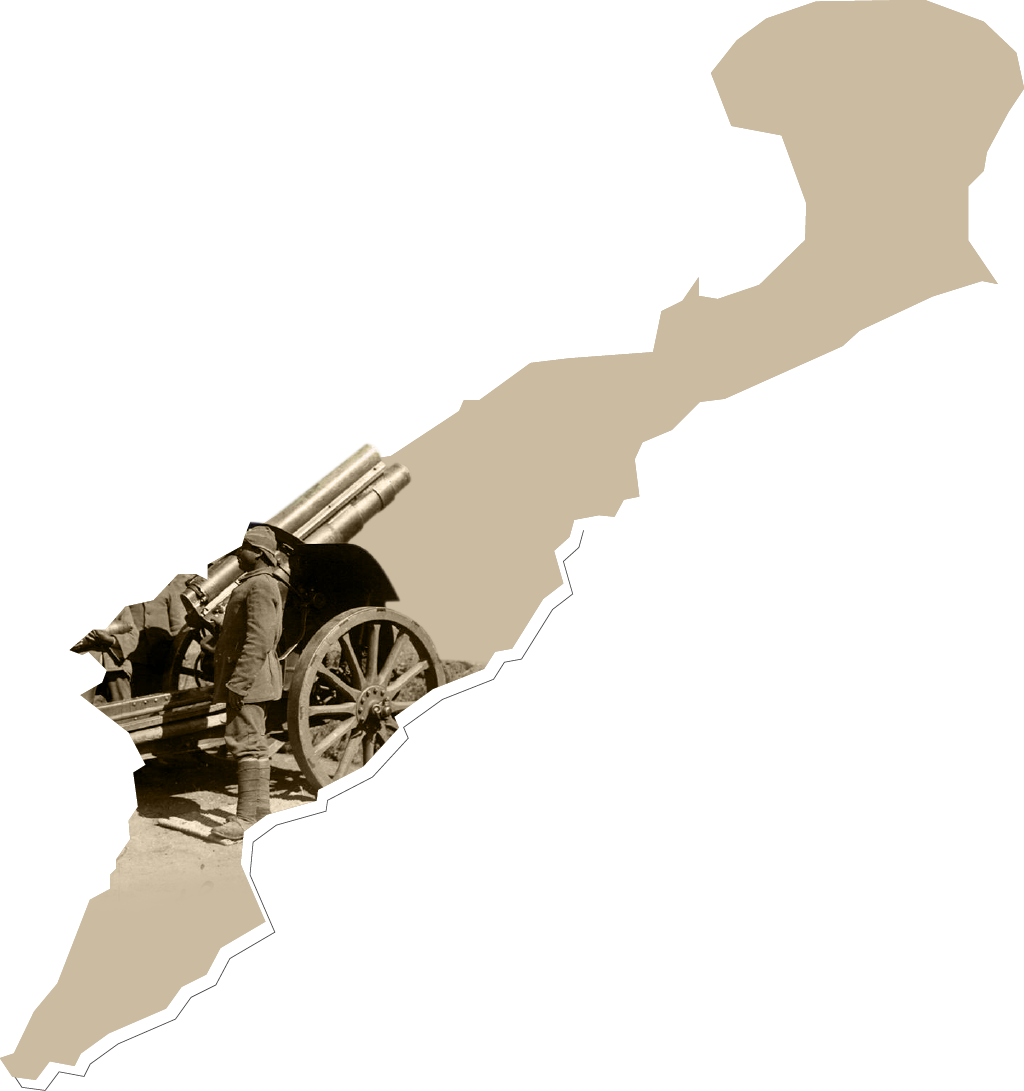
Innovative movements and social fluctuations in the field of thought with the French Revolution in the 18th century, and in the economic field with the Industrial Revolution, led to changes on the map of Europe in the 19th century. As the concept of nationalism developed, multinational empires began to come to an end, and economically, the countries that carried out the industrial revolution began to search for raw materials and markets. The Ottoman Empire had lost its power since the 1700s, as it entered a period of stagnation and subsequent collapse, defeats in wars, and territorial losses. The problem of how to share the large lands of the Ottoman Empire arose after the Balkan Wars by the states seeking colonies that developed different savings plans.
Due to its strategic value, the Straits were of great importance in terms of colonial race and colonial routes. Who would dominate the Straits was a big problem that needed to be solved. Having the Straits under the domination of a powerful state, unless this state was themselves, did not comply with the ambitions of the states in question. When the disputes could not be resolved at the table and political tension increased, the spark of World War I broke out in Europe when the Crown Prince of Austria-Hungary, Archduke Franz Ferdinand, was killed by a Serb on June 28, 1914, and declarations of war between blocs began to come one after another in polarized Europe.

15 cm’lik an artillery battery and Turkish soldiers
"After the mutual declarations of war in Europe, the Ottoman Empire activated the Dardanelles Defense Plan. As of August 4, mine lines began to be formed in the Dardanelles. As of September 27, the Straits have been closed to all maritime transportation. On November 3, 1914, French and British battleships attacked the redoubts at the entrance of the Dardanelles. The First Martyrs of Çanakkale had fallen when the arsenal of Seddülbahir Fortress was hit and blown up. This bombardment was a warning for the Ottoman Empire, because it revealed the Allies' target. With British Naval Minister Churchill's insistence on forcing the Straits through the navy, the Gallipoli Operation was accepted in the British war council.
It was decided that the first attack on the Dardanelles would take place on February 19, 1915. The fleet consisting of British and French battleships bombarded the redoubts at the entrance of the Dardanelles; However, the targeted objectives were not achieved in this operation. The fleet was recalled at around 17.30 in the afternoon. On February 25, 1915, the allies attacked the Orhaniye, Kumkale, Ertuğrul and Seddülbahir redoubts with a new operation. Towards the evening, our batteries at the entrance of the Dardanelles were silenced. During these bombardments, the combined fleet was observed performing maneuvers in Erenköy Bay. Thereupon, the work of establishing mine lines, which started long ago, was completed on the night of 7/8 March, when the Nusret mine ship secretly formed the 11th mine line consisting of 26 mines, parallel to the shore in Erenköy Bay. This mine line would play a fate-changing role on March 18.
The Operation Plan of March 18, 1915 was to move to Marmara by silencing the redoubts on the shores of the Dardanelles and opening the mine lines on the first day. Although it was referred to as the Battle of the Bosphorus on March 18, only one of the parties was actually a naval force. The Turkish forces opposite the Combined Fleet were in the Fortified Area of the Commander-in-Chief. The operation started at 08.15 in the morning with the forward movement sign seen on the mast of Queen Elizabeth. The fleet was organized in 3 lines. From morning to noon, the ships on the first line began to bombard the redoubts with their long-range guns. When the short-range guns of our redoubts remained silent in the face of this fire, Admiral de Robeck advanced the second line in the afternoon and the bombardment continued. The situation began to change when the older battleships of the third line advanced and came within range of the Turkish artillery. The ships came under fire from Turkish artillery and began to retreat. The mine factor in the area where the turning maneuver was performed greatly affected the withdrawal of the fleet. Battleships Bouvet, Irresistable and Ocean sank; Inflexible, Gaulois, Suffren, Agememnon were heavily damaged.



Royal Navy battleship Sinking of HMS Irresistible (March 18, 1915)
Around 17:00, Admiral de Robeck realized that they were in a minefield, realized that he could not continue the operation, and ordered to retreat. Victory in the Great Bosphorus Operation went to the Turks, thanks to the Turkish artillery in our redoubts and the mine lines skillfully laid in the heart of the Bosphorus. In this victory, all our artillerymen, such as our heroic gunners such as Corporal Seyit, who fought with all their lives in the redoubts against the armada covered in steel armour, with technical superiority in every aspect, the secret howitzer batteries placed on the shores of the Bosphorus, the mines and finally the combat capability of the Turkish soldiers, had a great share.